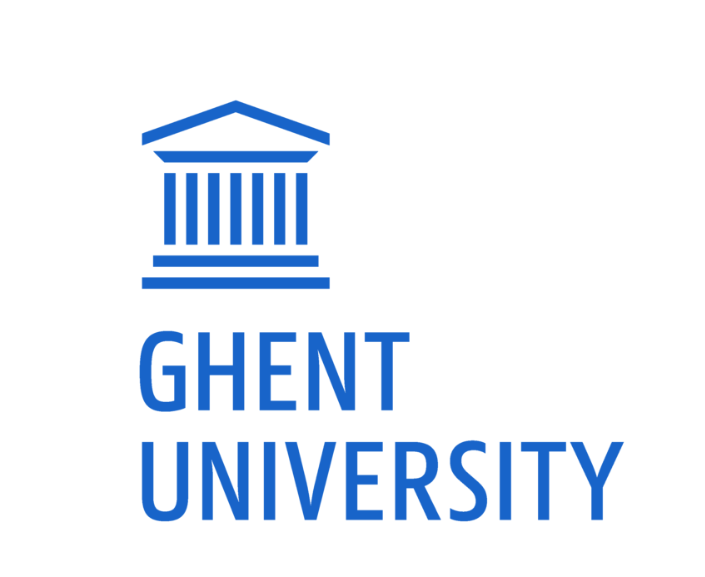Diatoms are extraordinary siliceous microalgae that are among the world's most prolific primary producers. They play an essential role in global nutrient cycling and carbon sequestration, and contribute about a fifth of the global oxygen production. They also have diverse metabolic capabilities and an immense potential for biotechnological applications, including the production of biofuels, nutraceuticals and various heterologous molecules. These unicellular eukaryotes are characterised by an enormous biodiversity and an almost ubiquitous presence in the biosphere, inhabiting freshwater, marine and terrestrial environments. As a result, multiple lifestyles and survival strategies have evolved to adapt to a wide range of light conditions, temperature ranges and ecological niches. Diatoms stand out as a model system for linking cell division to environmental conditions, as their proliferation is highly dependent on stimuli such as light and nutrients.
The defining feature of diatom biology and the key to understand their evolutionary success is their haplo-diploid life cycle, which is controlled by a unique endogenous cell size reduction and restitution strategy that is used as a clock mechanism to switch resources to cell differentiation and sexual reproduction. However, very little is known about the regulatory mechanisms and signaling pathways underlying diatom cell division, cell size control and sexual reproduction. In an interdisciplinary collaboration involving several UGent teams, we aim to characterize the mechanisms of diatom mating. Firstly, we aim to elucidate the mechanisms that determine the mating type of diatoms. Secondly, we aim to elucidate the signaling cascades involved in cell size-dependent sexual differentiation and maturation, and sexual reproduction itself. Our results will be useful for the cultivation and breeding of microalgae, which represent a vast but largely untapped source of bioactive compounds for the pharmaceutical, food and cosmetics industries, as well as metabolic pathways that could meet our future energy needs.




